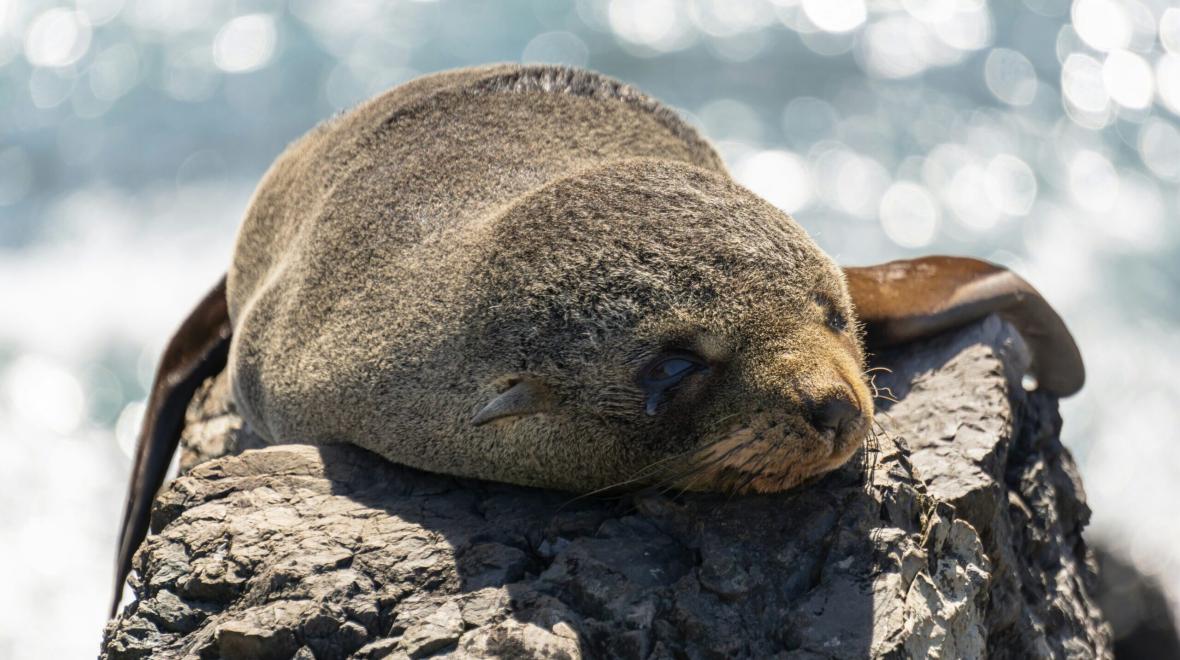
Speaker: Dr. Andrew Trites
Professor, Institute for the Oceans and Fisheries
PI, Marine Mammal Research Unit
Archeologists examining ancient bones recovered from the middens of Indigenous tribes concluded that a local, non-migratory population of fur seals once bred along the outer coastline of Vancouver Island and Washington State. They further concluded that these fur seal remains were all that is left of an extinct species, which they named the Cape Flattery fur seal—an evolutionary relative of the northern fur seal that breeds in Alaska. This fascinating hypothesis was largely ignored by biologists until it was subsequently put to the test in a US Federal Court when the Quinault and Quileute Tribes sought to have their treaty rights of 1856 honored by the US Government. Resolving the mysterious origin of the fur seal bones in the coastal middens of Washington and British Columbia became central to the court case, and required combining scientific sleuthing with traditional knowledge to yield new insights into what the past once looked like—and what the future may hold as marine mammals continue to recover in the North Pacific.